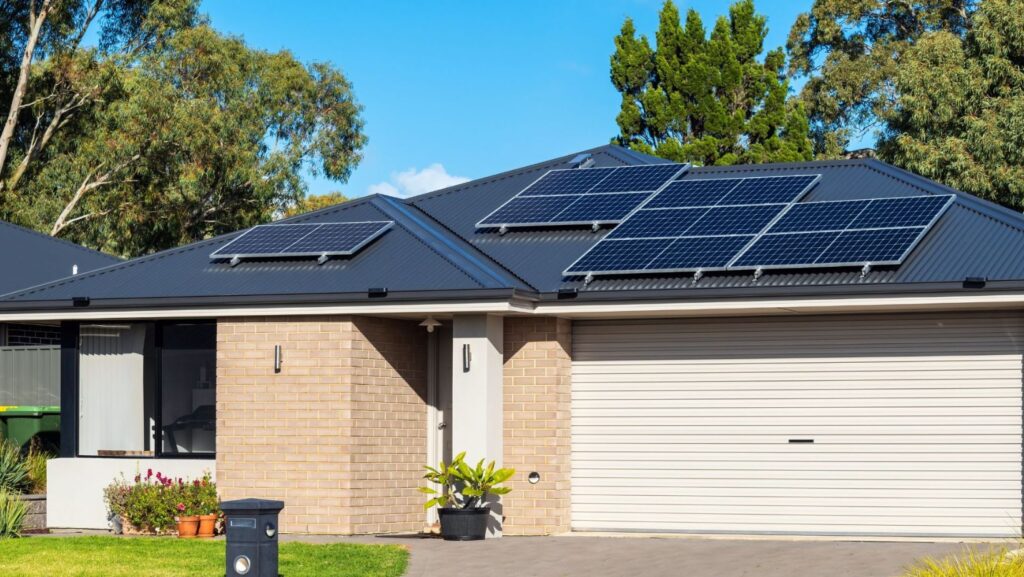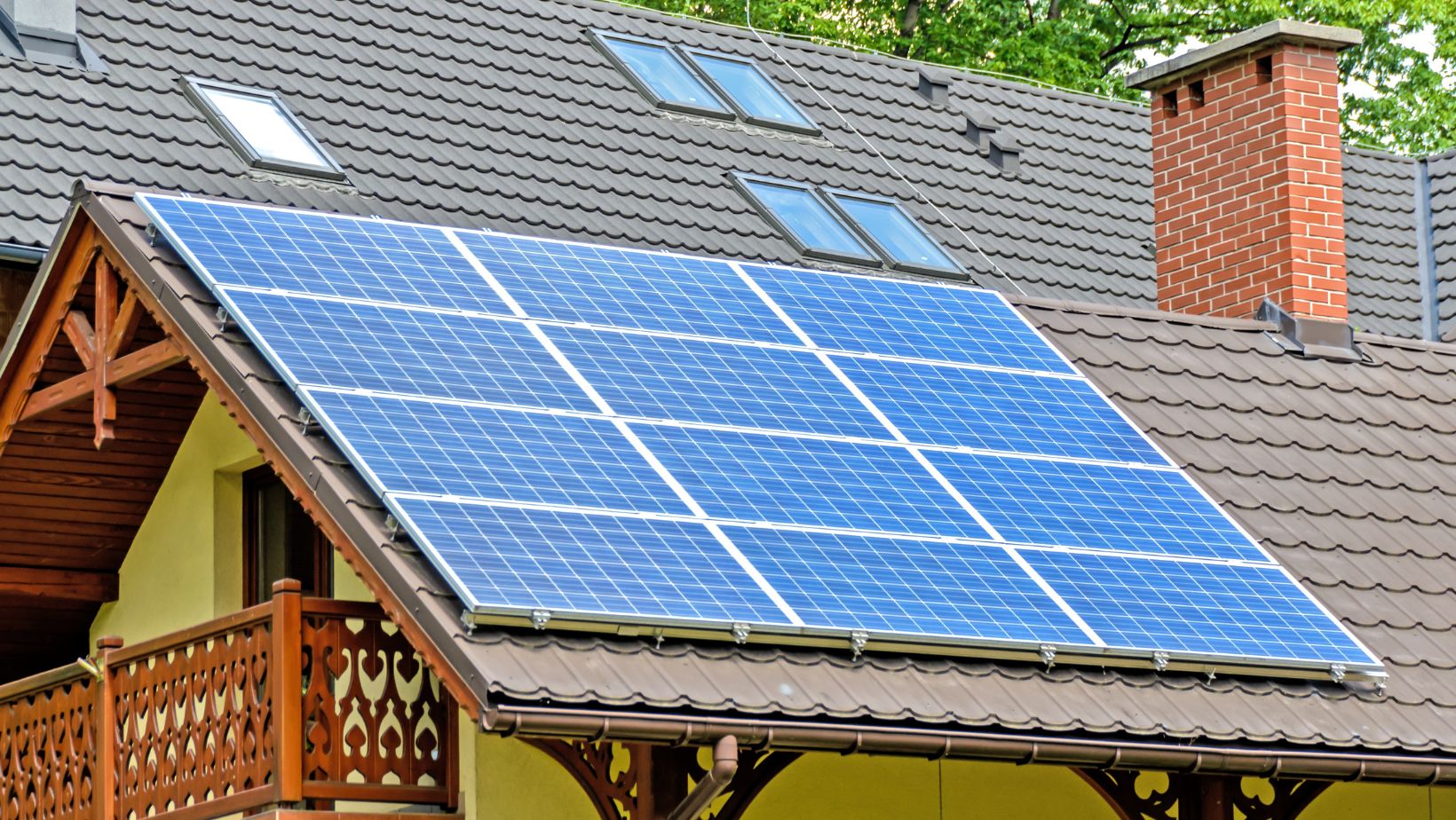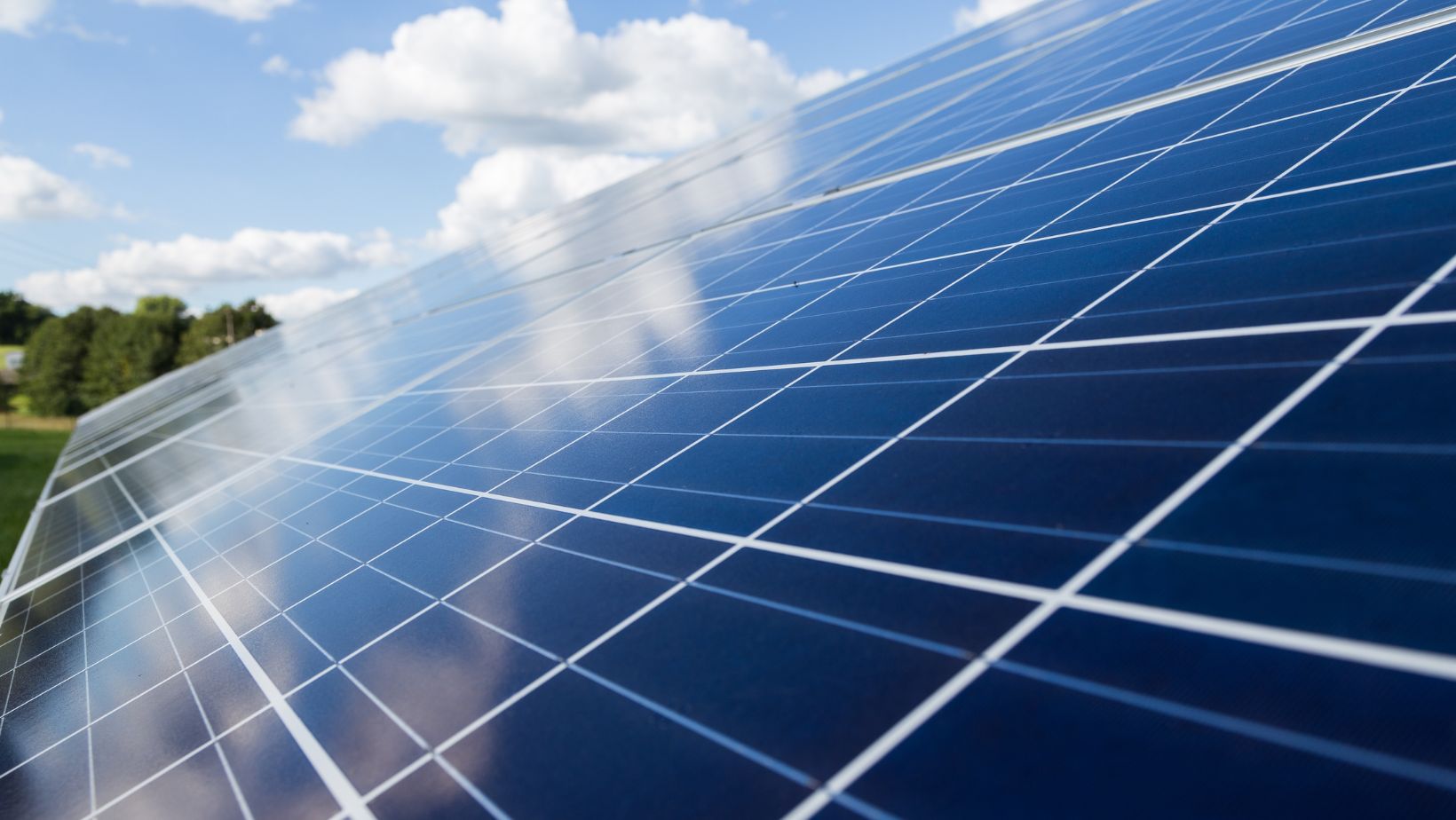Are you thinking about adding solar panels to your home? It’s a smart move for both the environment and your wallet. But before you dive in, there’s something important to consider: the weight of those panels. You might not realize it, but understanding how much solar panels weigh can significantly affect your installation plans.
How Much Do Solar Panels Weigh?
According to Sun Valley Solar Solutions experts, understanding the weight of these panels is crucial when considering solar panel installation. On average, a standard 60-cell photovoltaic (PV) solar panel weighs between 35 to 45 pounds. This weight is strategically distributed over the entire surface area of the panel, which typically measures around 5.5 feet by 3.25 feet. This results in a weight distribution of approximately 2.3 pounds per square foot. For those opting for larger panels, the 72-cell variants weigh slightly more, averaging just over 50 pounds. Despite their increased total weight, these panels maintain a similar weight distribution due to their larger dimensions of roughly 6.6 feet by 3.25 feet, equating to about 2.4 pounds per square foot.
It’s important to note that the total weight on your roof isn’t just from the panels themselves. The mounting equipment to secure the panels adds weight to the overall system. While this racking system contributes only a small amount of extra load, it’s essential for ensuring that your solar panels remain securely in place under various environmental conditions. When planning your solar installation, consider the panel and mounting weights to ensure your roof can support them effectively. Here’s a quick breakdown:
- 60-cell panels: 35-45 pounds total; ~2.3 pounds per square foot.
- 72-cell panels: Just over 50 pounds total; ~2.4 pounds per square foot.
- Mounting equipment: Adds minimal additional weight but is crucial for stability.
This comprehensive understanding will help you make informed decisions about integrating solar technology into your home while ensuring structural safety and efficiency.
Can Your Roof Handle the Weight of Solar Panels?
Determining whether your roof can support the weight of solar panels is an essential step in the installation process. This evaluation typically involves a thorough assessment by a structural engineer or architect. These professionals will examine the integrity of your roof’s structure, ensuring it can handle the additional load imposed by the solar panels and mounting equipment. The average solar panel weighs between 2 and 4 pounds per square foot, but this weight can increase slightly when combined with mounting hardware. It’s crucial to ensure that your roof’s framework, including beams and trusses, is robust enough to support this added weight without compromising safety.
If it’s determined that your roof requires reinforcement or repairs before installing solar panels, don’t worry—there are solutions available. Sometimes, simple repairs such as replacing damaged shingles or reinforcing existing beams may suffice. However, more extensive work might be necessary for older roofs or those with significant structural issues. Here’s what you might expect:
- Roof Repairs: To ensure a solid foundation, addressing leaks, missing shingles, or sagging areas.
- Structural Reinforcement: Adding extra support to rafters or beams to accommodate the solar system’s weight.
Your solar installer will collaborate with you to review any recommended changes and determine if they align with your project goals. Once a structural engineer completes and approves these modifications, you can proceed confidently with your solar panel installation, knowing your roof is ready to support this sustainable energy solution.
Impact of Snow on Solar Panels and Roofs
One common concern when considering the installation of solar panels is how snow accumulation might affect both the panels and the roof. Solar panels are designed with high-pressure ratings, typically over 5,000 Pascals (Pa), allowing them to withstand significant snow loads. This means they can handle the weight of two to four feet of snow without any issues. The robust design ensures that even in regions with heavy snowfall, your solar panels will remain secure and functional.
It’s important to note that manually removing snow from solar panels is not recommended. Attempting to clear snow can lead to potential damage to the panels or even void warranties. Instead, it’s best to let nature take its course. Solar panels are usually installed at an angle, which helps snow slide off naturally as it melts. Additionally, the dark surface of the panels absorbs sunlight and generates heat, further aiding in melting the snow. Here are a few reasons why you should avoid clearing snow from your panels:
- Risk of Damage: Using tools or force can scratch or crack the panel surface.
- Warranty Concerns: Many manufacturers’ warranties do not cover damage caused by improper maintenance.
- Natural Melting: Panels are designed to facilitate natural snow shedding due to their smooth surface and angle.
By understanding these aspects, you can ensure that your solar investment remains protected throughout winter while maintaining optimal performance.
Effect of Solar Panels on Roof Longevity
Solar panels can act as a protective shield for your roof, safeguarding it from various weather elements. By absorbing the brunt of rain, hail, and snow, solar panels help reduce direct exposure to these elements, which can extend your roof’s lifespan. This protective layer means that the underlying roofing materials are less likely to suffer from wear and tear over time. Additionally, since solar panels are installed a few inches above the roof surface, they create a buffer zone that can further minimize damage from harsh weather conditions.
When considering solar panel installation, reviewing your roof’s warranty is essential. Some warranties may have specific clauses regarding installations that penetrate the roof surface. To avoid any potential issues, consult with your roofing contractor or manufacturer to ensure that adding solar panels won’t void your existing warranty. Here are some points to consider:
- Consultation: Speak with your roofing contractor about compatibility with solar installations.
- Documentation: Ensure all modifications are documented to maintain warranty validity.
- Professional Installation: Hire certified professionals to install solar panels according to industry standards.
By taking these steps, you can enjoy the benefits of solar energy while maintaining the integrity and longevity of your roof.
Roof Material Compatibility with Solar Panels
When considering solar panel installation, the type of roofing material you have plays a significant role in determining compatibility and ease of installation. Some materials are more accommodating than others, making the process smoother and potentially more cost-effective. Among the most suitable roofing materials for solar panels are asphalt shingles, composite shingles, and standing seam metal roofs. These materials offer durability and ease of drilling, simplifying the mounting process. On the other hand, roofs made from wooden or clay tiles may require specialized mounting solutions due to their fragility, which can increase installation costs.
It’s essential to understand that while most modern roofing materials can support solar panels, some might need additional considerations. For instance, corrugated metal roofs often use specifically designed brackets to ensure secure attachment without compromising the roof’s integrity. Similarly, flat roofs might require mounting systems that tilt the panels at an optimal angle for sunlight capture. Suppose your roof is made from unconventional materials such as slate or tiles. In that case, consulting with a professional installer can provide insights into your situation’s best approach. By choosing the right mounting solutions, you can ensure that your solar panel system is both effective and long-lasting.
Orientation and Angle: Maximizing Solar Efficiency
When it comes to maximizing the efficiency of your solar panels, the orientation and angle of your roof play a significant role. Ideally, a south-facing roof is preferred as it captures the most sunlight throughout the day, optimizing solar energy production. This orientation allows your panels to harness the sun’s power from sunrise to sunset, providing a consistent energy supply. However, if your roof faces east or west, don’t worry; there are still ways to make it work. You might need additional solar panels to achieve energy output similar to a south-facing system. However, you can still enjoy substantial benefits with proper planning and installation.
The angle of your roof is equally important. A pitch between 30 and 45 degrees is generally considered optimal for solar panels because it aligns well with the sun’s trajectory across the sky. This angle ensures that your panels receive maximum sunlight exposure throughout the year. Suppose your roof is flat or has a less-than-ideal pitch. In that case, professional installers can use mounting brackets to adjust the angle of the panels for better efficiency. Considering these factors and making necessary adjustments, you can ensure that your solar panel system operates at its best, regardless of initial roof orientation or angle.
Dealing with Shade: Ensuring Maximum Sun Exposure
When it comes to maximizing the efficiency of your solar panels, dealing with shade is a crucial consideration. Shade can significantly impact the performance of solar panels by reducing the amount of sunlight that reaches them, decreasing their energy output. Even partial shading on a single panel can affect the entire system’s performance due to how solar panels are interconnected. To ensure your solar panels capture as much sunlight as possible, it’s essential to address any potential sources of shade.
One effective way to mitigate shading issues is by trimming or removing trees and other vegetation that cast shadows on your roof. This simple step can dramatically increase the direct sunlight your panels receive. Additionally, modern technology offers solutions such as microinverters and power optimizers, which help minimize the impact of shading by allowing each panel to operate independently. Here are some strategies to enhance sun exposure for your solar panels:
- Tree Trimming: Regularly prune trees near your home to prevent them from casting shadows on your solar array.
- Advanced Technology: Consider using microinverters or power optimizers to ensure that shaded panels do not affect the entire system’s performance.
- Strategic Panel Placement: Work with a professional installer to position panels in areas with minimal shading throughout the day.
By proactively managing shade, you can significantly improve the efficiency and output of your solar energy system. This will ensure you get the most out of your investment while contributing to a more sustainable future.
Summary
One of the first things to consider when installing solar panels is how much they weigh. A typical 60-cell photovoltaic panel weighs between 35 and 45 pounds, with the weight spread out over its surface area, resulting in about 2.3 pounds per square foot. If you’re looking at larger panels, like the 72-cell ones, they weigh a bit more—just over 50 pounds—but have a similar weight distribution due to their larger size. It’s not just the panels that add weight; the mounting equipment also contributes, though it’s minimal and essential for keeping everything secure on your roof.
Before you go ahead with installation, ensuring your roof can handle this additional load is crucial. This usually involves getting a structural engineer or architect to assess your roof’s strength. They’ll check if your roof’s framework can support the combined weight of the panels and mounting hardware without any safety issues. If your roof needs reinforcement or repairs before installation, don’t worry—solutions are available. Simple fixes might do the trick, but more extensive work is sometimes necessary, especially for older roofs. Once a professional makes and approves any needed modifications, you can confidently proceed with your solar panel installation.




More Stories
The Overlooked Gadget That Can Transform Your Home Wi-Fi Performance
Suhjvfu: An In-Depth Exploration
621628759: Discovering Its Hidden Significance